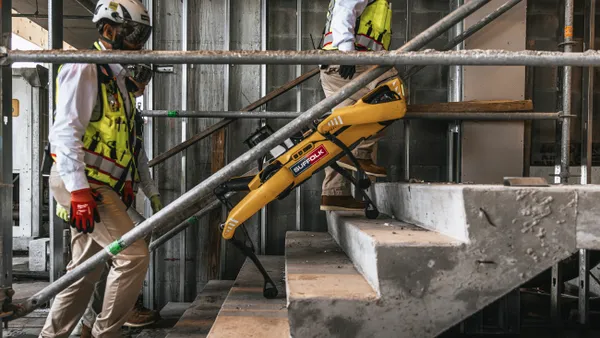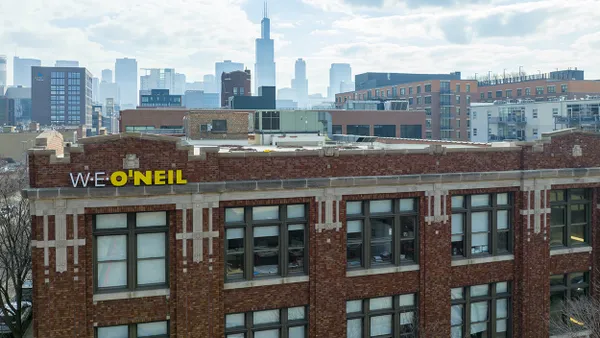“If you want to bring in more women to construction, you have to acknowledge the issues of why women have not been in the field in the past,” says Dr. Rhianna Rogers, adding, “These are things like not feeling included and stereotypical issues of it being a male-dominated field.” Dr. Rogers is an archaeologist, a university professor and director of the Center to Advance Racial Equity Policy at the RAND Corporation, with a specialty in studying equity issues in the US and globally. She will be the featured keynote speaker at the National Association of Women in Construction (NAWIC) Annual Conference taking place August 9-12 in Portland, Oregon. The theme of the conference is “Many Paths. One Mission.” Dr. Rogers recently shared some of the concepts she will be talking about in her keynote address.
A commonly held concept in diversity, equity and inclusion (DE&I) thinking is that change has to come from the top of an organization. Dr. Rogers agrees with this statement but adds to it noting, “It can't just come from the top, it has to come from the top, middle and bottom.” For a company to be successful, she says, it has to develop trusted messengers who can connect with stakeholders at all levels.
Dr. Rogers says that sharing from the top down and back up again allows women to feel safer when talking about their experiences, good or bad, or about why they stay or leave. Creating that psychological safety to enter an industry gives more opportunity for growth and healing. She notes, “Women have to be willing to ask questions of their employers on how they’ve addressed issues of retention in the past, what policies are in place to make sure stereotypical behaviors won’t continue, and to hold their organization accountable to make sure what they’re saying publicly about their efforts match up with the behaviors inside the organization.”
She goes further, “That cyclical process is important if you want to see retention increased. If you develop a space where someone feels heard, they buy into the organization more because they feel like they are part of it. Then the company needs to close the loop: In other words, ‘We heard your story and here's what we’re going to do about it.’”
Lauline Mitchell, president of NAWIC, concurs with Dr. Rogers’ comments. “NAWIC is dedicated to attracting more women to the construction industry and helping develop them into leaders in their field,” Mitchell says. “The ‘Many Paths. One Mission.’ theme of our annual conference is meant to reflect that there are many options for women in construction, but also that we have a long way to go toward reaching equity that Dr. Rogers is talking about.”
Mitchell is right about the potential for women in construction. Women at all levels of construction, from the trades up to senior management, represent about 11 to 13 percent of the total workforce in the industry. Those numbers are higher in some areas of the country, sometimes reaching 17 to 18%, but overall, the numbers are still pointing to the unrealized potential of including more women in the industry. Still, Mitchell is optimistic, “Why not 50/50?” she says, pointing out that the industry is looking to fill many positions. “More women in construction can certainly help solve our labor shortage problems and other issues confronting the industry.”
About NAWIC
The National Association of Women in Construction (NAWIC) originated as Women in Construction of Fort Worth, Texas. Sixteen women working in the construction industry founded it in 1953 to create a support network for women in construction-related jobs. Today, NAWIC is still based in Fort Worth and has 118 chapters throughout the United States that provide professional development, education, networking, leadership training and public service.










